Tips and tricks to stay warm during the winter in your RV
If you’re like many RV owners, you purchased your RV with the dream of it becoming your home away from home – a safe and comfortable escape that also allows you to see more of the world. A lot of people winterize and park their RV for the winter, but some want to experience adventure for all four seasons.
Generally, RVs aren’t designed for cold weather – they have thin walls, mediocre insulation, and cracks and crevices that allow for chilly air to seep in. However, that doesn’t mean hitting northern roads isn’t possible in the winter months. Your mobile getaway can serve its purpose all year long if you take the following steps to stay warm and prevent heat loss in your RV.
How to stay warm in the cold
Cold weather RV-living can be challenging, but also a majestic experience. Being safely nestled among snow-capped mountains provides spectacular scenic views and amazing skiing opportunities, but requires some forethought if you’re staying in an RV.
Insulation
Insulation is a key factor in preventing heat loss, and older RVs are particularly in need of additional insulation. Appropriate insulation will make your RV more energy efficient and help you save on propane, generator use, and electric hook-ups.
The most vulnerable areas of your RV are usually the areas around windows or doors, as they are less protected and more prone to drafts. Low-cost solutions include:
- Adding solar curtains to your space
- Re-caulking your windows
- Replacing weather stripping around the RV door
If you’re looking for a longer term or more permanent solution, look into upgrading your doors and windows, which can improve security as well as insulation. Look for energy-efficient items since that’s a key phrase that indicates a high insulation value.
If you can’t afford new windows, but still suspect them as the cold-air permitting culprit, apply plastic insulating film with double-sided tape to both sides of the window. Use a hair dryer to make the film seal airtight. If you’re not worried about looks or the view, bubble wrap can work too – spritz the interior and exterior of the window with water so the bubble wrap can stick to it easily.
Skirting
Skirting is another underutilized option for improving your RVs insulation value. Skirting is often utilized in mobile homes and is exactly what it sounds like – a giant skirt that goes around the exterior of the underside of your RV. The purpose is to provide a barrier between the outside elements and your living space, and it can be quite effective.
RV users who add skirting to their vehicles during the winter months report a reduction in temperature changes and less propane use during the winter months to keep their RV warm. Skirts are easily customized to fit any RV size, so it’s worth researching regardless of the size of your rig.
Draft reduction
Warm air rises, and unfortunately, may exit through your RV’s vents if given the opportunity. Prevent the loss of warmth by stuffing the vents with insulating materials such as foam board to keep your cabin warm. You can also purchase vent covers, which are also known as draft shields, to prevent air from entering or exiting your vehicle.
There may be other areas that allow drafts, particularly from beneath the RV. Take a flashlight and a can of aerosol foam and search for any large gaps where hoses or pipes enter the RV and try to reduce the size of those spaces.
Pipe protection
The worst winter case scenario involves water and the potential for a burst pipe. Plumbing is always a concern when camping in winter, so consider the following options to protect your pipes:
- Drain your fresh water tanks completely and use bottled water for brushing teeth and doing dishes.
- Use a mini space heater in the bay that holds your tanks to keep it from freezing.
- Add antifreeze to your plumbing and gray/black tanks by pouring it in the toilets and drains.
- If your RV didn’t come with tank heaters, invest in some.
- Insulate water hook-ups with heat tape, as well as any connections and exposed piping.
- Make sure your black tank doesn’t freeze; use a PVC pipe for your sewer hose and add a layer of insulation around the sewer pipe. You may want to keep the tank closed until it needs to be dumped.
It’s possible to enjoy Mother Nature in all of her glory for all four seasons in your RV – however, it does require some advanced thought and preparation. Take the time to protect your recreational vehicle from heat loss, and enjoy the great outdoors all year long.
Looking for more helpful advice about RV ownership? Visit our blog for more tips and tricks.

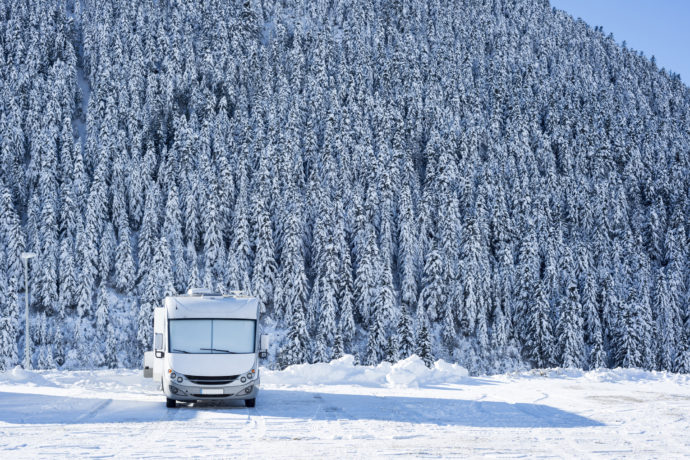







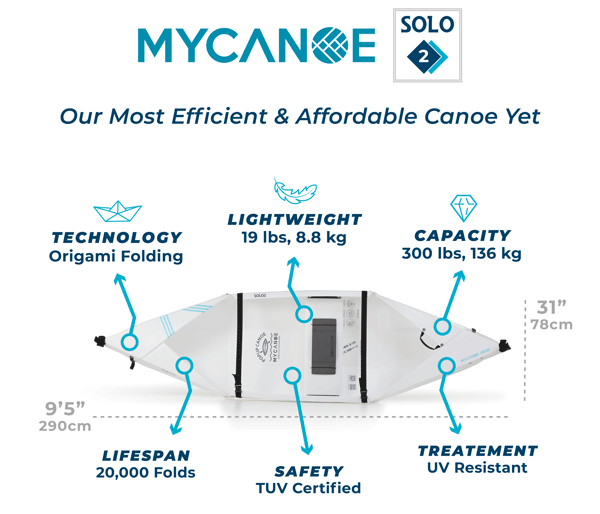







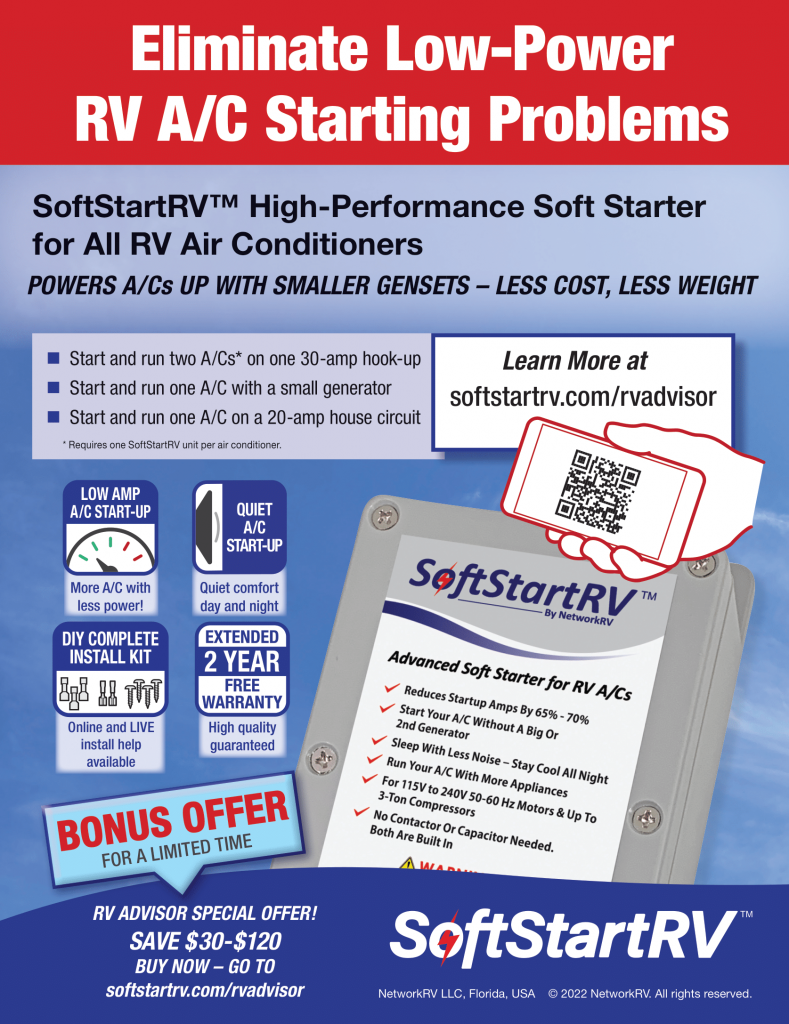

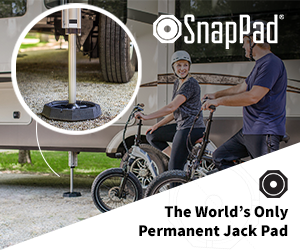





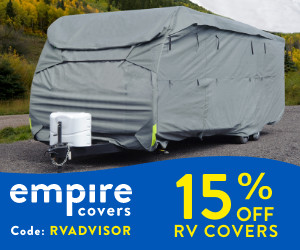






One Response